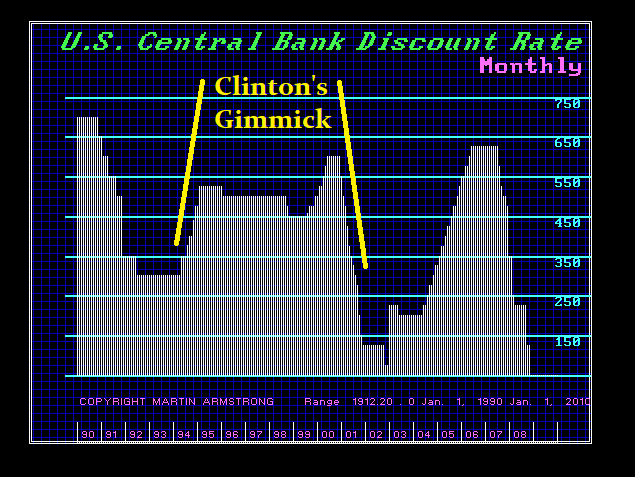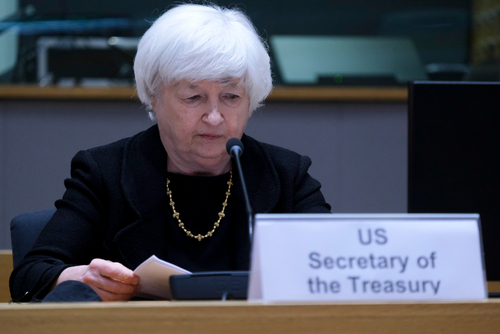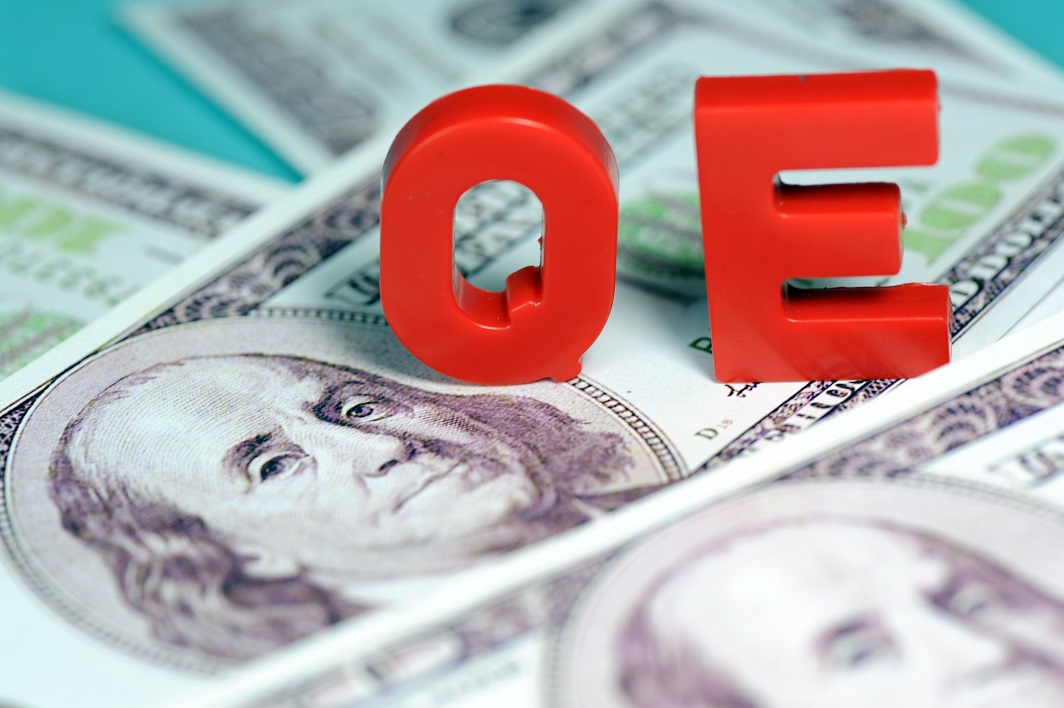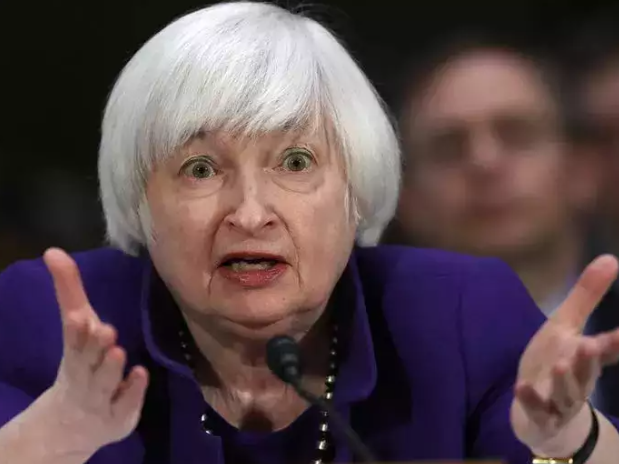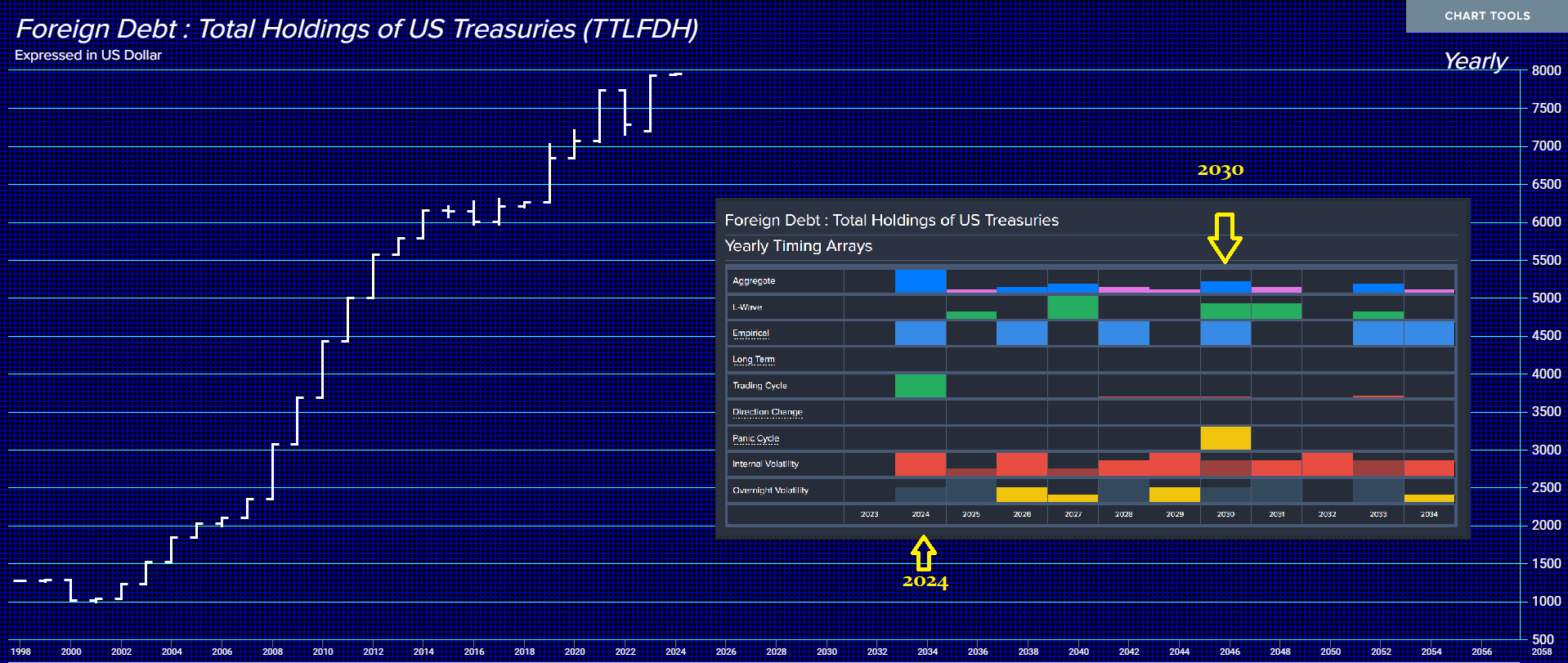
Clinton’s Gimmick Shifting to Short-term Funding to Reduce Interest Expenditures.
I wrote as a guest columnist for the Wall Street Journal back on April 19, 1995, dealing with an issue that seemed to go over everyone’s head. At the time, President Clinton (1993-2001) was able to balance the budget, and nobody seemed to understand how he managed to do that. Much of it concerned the shift in capital flows as capital poured into the United States, fleeing South East Asia. That led to the Asian Currency Crisis in 1997. US Interest rates rose sharply in 1994 which also was attracting huge capital inflows especially from Japan.
However, aside from the international shift in capital flows that Clinton did not create, nor did he or his administration ever understand that trend, the real gimmick was manipulating the maturity of the national debt. Clinton shortened the maturity of the debt and funded it with the short-term maturities to cut interest expenditures. The National Debt rose from $4,064.6 billion in 1992 to $5,807.5 billion by 2001. The shift in funding slowed the rate of growth. Interest rates at the Fed dropped by 6% in 2000 to 1.75% in 2001, thanks to the DOT.COM Bubble. Clinton shifted the debt to short-term to take advantage of the crash in short-term rates. After that, the debt soared even faster because it was short-term funded when the rate rose into 2007.
When Clinton took office, the Fed Discount Rate stood at 3.5%. The rise began in 1994, which helped to attract foreign capital, especially from Japan. The short-term rate peaked in 2000 with the DOT.COM Bubble. Intermixed in there was the 1998 Long Term Capital Management debacle that followed the collapse of the Russian debt market.
Yellen’s Gimmick Shifting to Short-term Funding to Reduce Interest Expenditures.
Most of the so-called analysts focus on the Federal Reserve. They are really clueless about how the Fed operates, and most of the propaganda is that the Big banks own it, so therefore, it should be shut down. Thomas Massie, a Republican representative for Kentucky’s 4th congressional district, has even sponsored a bill to terminate the Federal Reserve. The banks were the shareholders because they were to contribute to it so that bailouts did not cost the taxpayer money. But this absurd idea that the Fed should be closed will only lead to a major economic collapse, just as it did when Andrew Jackson shut down the Bank of the United States and ushered in the first Sovereign Defaults in US history throughout the 1840s known as the Hard Times.
People who think the politicians should be in control are out of their minds. Here, we have Janet Yellen manipulating the maturity of the National Debt, shifting it short-term to save on interest just as Clinton did. The entire Quantitative Easing (QE) that people thought increased the money supply just verified that they (1) did not understand what money was, and (2) were unsophisticated to comprehend that QE was just a swap and it NEVER increased the money supply.
The Fed bought in long-term debt to reduce long-term rates that are set by the open market – not the Fed. But the money supply is not simply the money as defined by what the fed creates. Still, the bulk of the money supply is actually the national debt, which is money that pays interest because it is perfectly good collateral to even borrow against or post T-Bills as collateral to trade futures. We are not in a pre-debt world where money is just a coin and is traded based on its metal content. We have left those days far behind. Governments are carrying out a Ponzi scheme, and it is all nations in Western culture – not just the USA. Thus, the Fed only swapped short-term cash that did not pay interest for a long-term debt that did.
So, while everyone seems to be a Fed-Watcher, they better start looking at the Treasury. Yellen is engaging in the Clinton version of QE by shifting the national debt short-term to reduce interest costs. The Fed may not be doing QE, but Yellen is carrying out the same swap at the Treasury. Looking closely at the Treasury’s current Quarterly Refunding Announcement, you will see that the Treasury expects to borrow $847 billion of NEW money from the public in the third quarter. Yellen has indicated that she will issue $1.100 trillion of gross coupons and approximately $650 billion of redemptions. In other words, this sorts out to suggest that a new coupon issuance will be $450 billion. This means we have a gap of $847 billion that must be made up by net new short-term bills.
T-Bills have a maturity of 1 year or less, T-Notes are 2 to 10-year maturity, and T-Bonds are greater than 10 years up to 30 years. Therefore, the danger here is that with war on the horizon, rates will rise rapidly as they did in the Clinton era into 2007. By shifting the debt short-term to save on interest expences, this means the debt can rise exponentially.
Our models show that 2024 is the peak in foreign holdings of US debt, nearly 24% of the total debt. So, if you are paying $1 trillion in interest, about $230 billion is going outside the country, and there is no domestic stimulation factor whatsoever. Now, looking at Yellen’s version of a swap (QE), she intends to float a net new T-Bill issuance of $397 billion, or about 47% of all money raised. This is about DOUBLE the normal funding from T-Bills, reducing the long-term maturity as was the case when the Fed engaged in QE.

